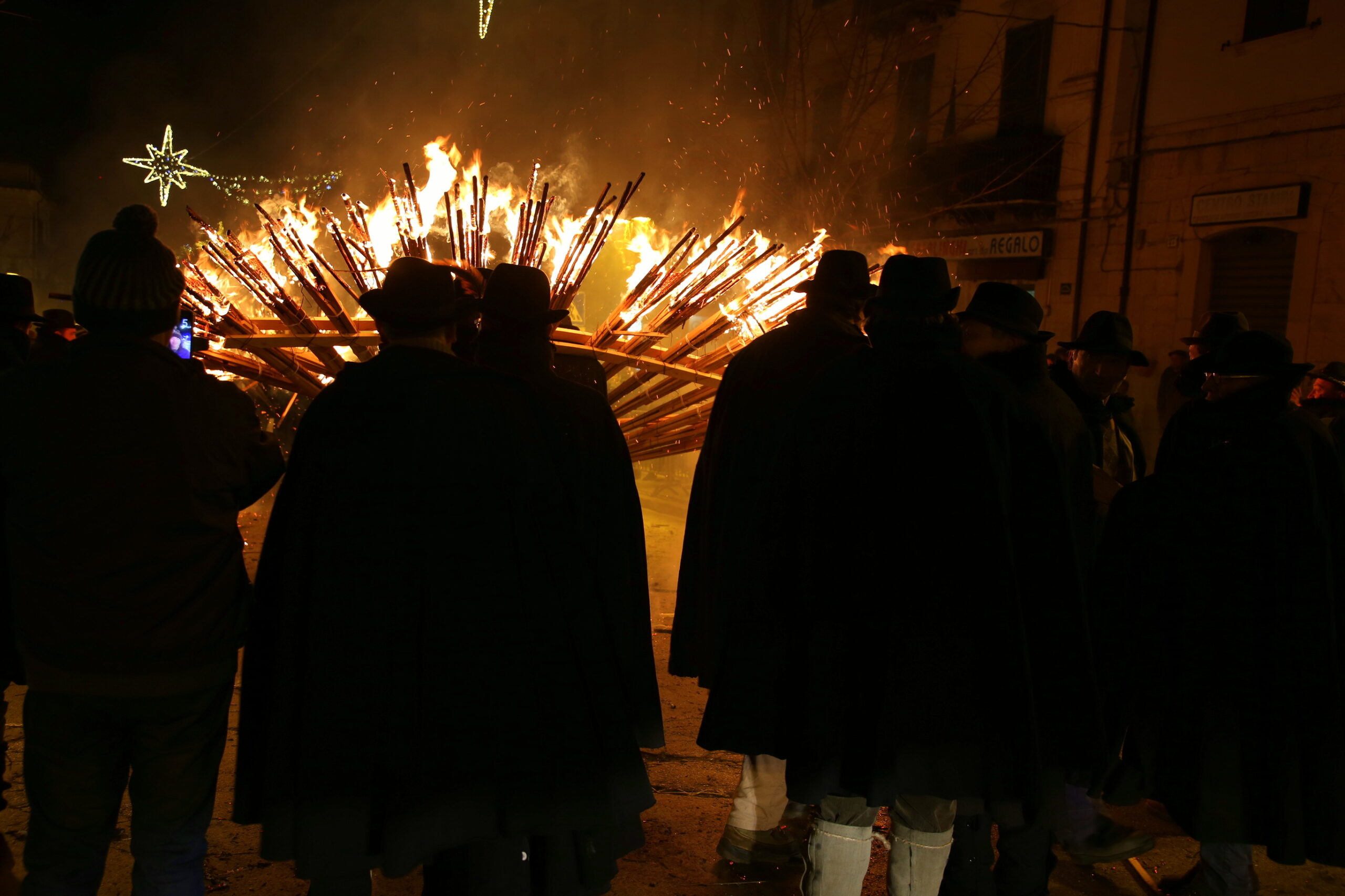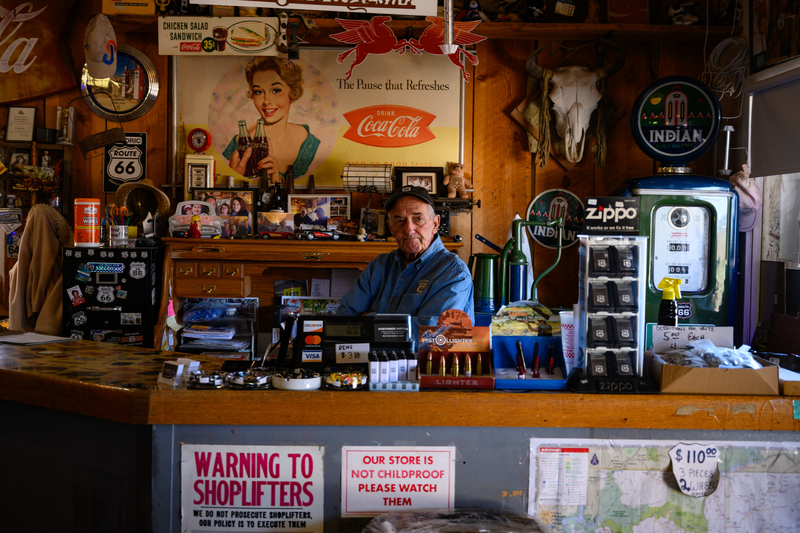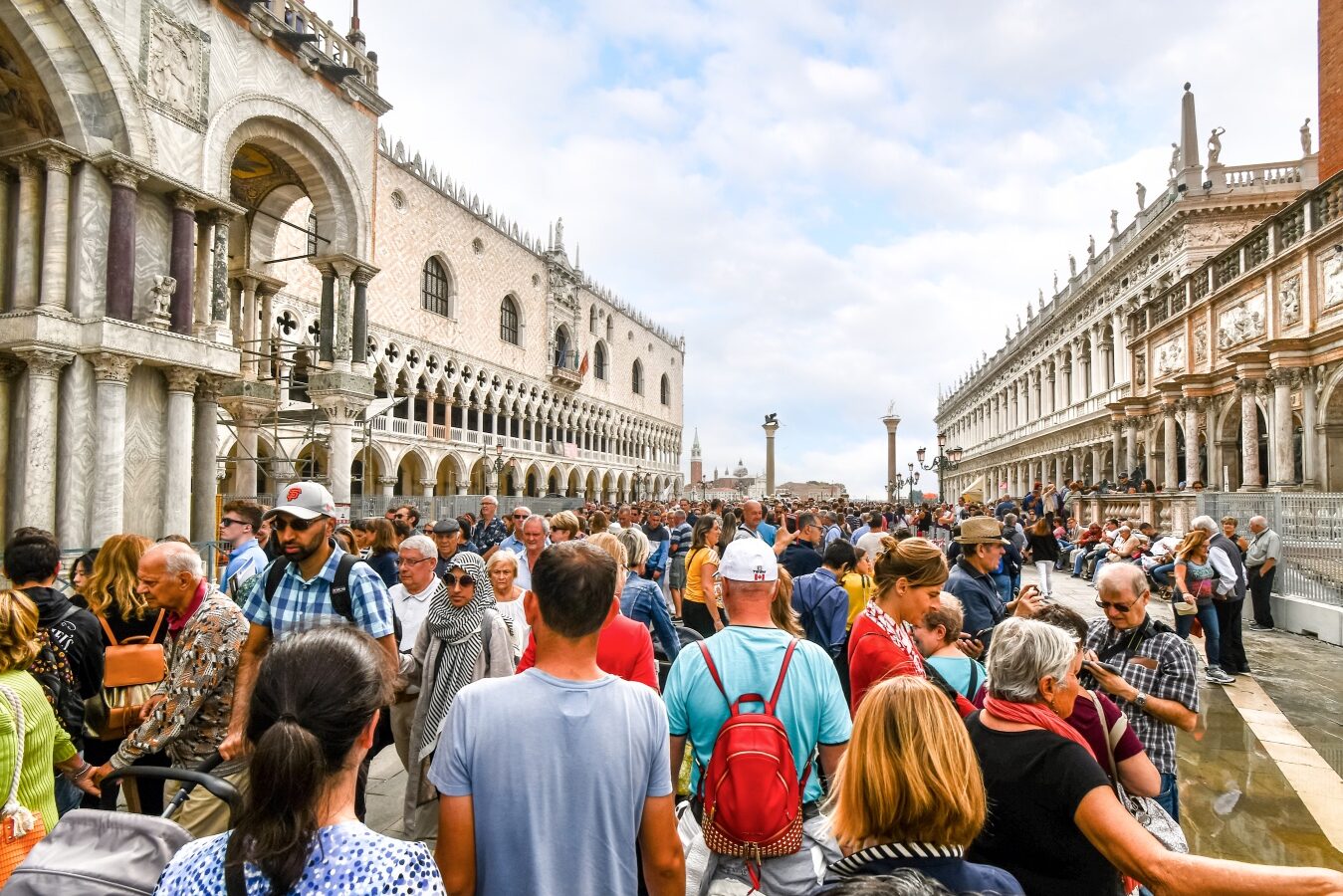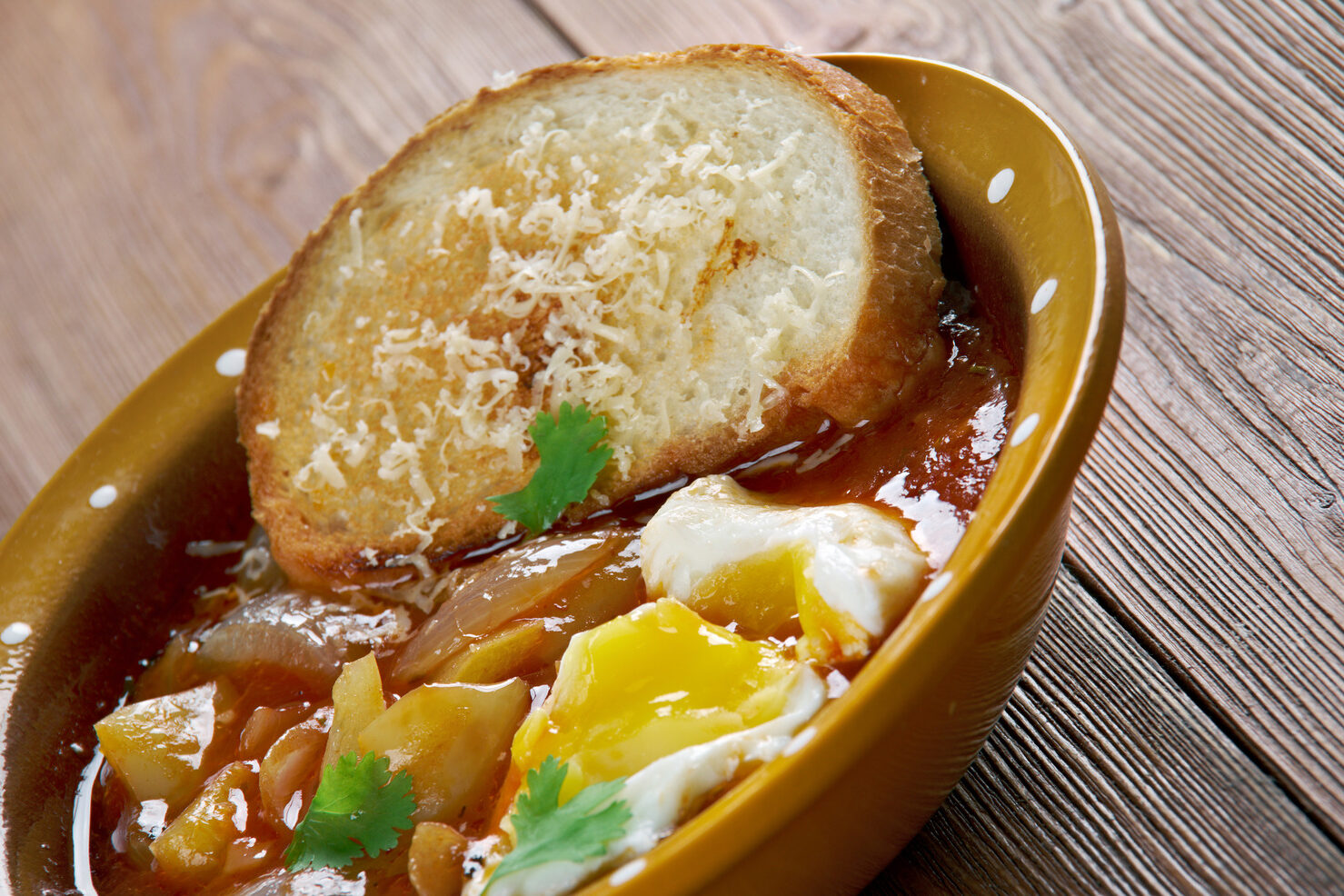The Advent period is a time of expectant waiting and preparation for the celebration of the Nativity of Jesus at Christmas, as well as the return of Jesus at the second coming. The term “Advent” is derived from the Latin word adventus, meaning “coming” or “arrival:” for many, it is a period of spiritual reflection as well as joyous anticipation.
Advent began as a tradition in the 4th and 5th centuries, arriving on the scene after Christmas had already been established. Initially, it was a period of solemn reflection, fasting, and preparation for the sacrament of baptism, emphasizing the faithful’s readiness for Jesus’s return. As time passed, particularly by the Middle Ages, Advent’s significance began to intertwine with the anticipation of Christmas. However, it’s noteworthy that the anticipation was twofold: while it celebrated the historical birth of Jesus, it also looked forward to his prophesied return—not as the newborn in Bethlehem, but as the sovereign judge at the end of times. By the 6th century, this dual focus was embraced by Roman Christians, and Advent became a period reflecting on both the humble beginnings of Jesus in the manger and his future coming in glory.
Today, in Italy and around the world, Advent is associated with well-established customs. Many of us, for instance, are familiar with the Advent wreath, a heartwarming tradition that really brings the spirit of the season to life. To practicing Christians, this circle of evergreen is more than a decoration you see in church, because it symbolizes the never-ending love and mercy that come from God. It’s about hope, the feeling that keeps us looking forward, which is represented by fresh, green leaves that never turn brown, even when the snow falls. Now, onto its candles, which of course, are not just for show. Each one is lit, week by week, marking the four Sundays leading up to Christmas: the first candle, — that’s the “Prophet’s Candle” — is all about hope and the ancient prophecies of Christ’s arrival. The second, the “Bethlehem Candle” represents faith and Mary and Joseph’s journey to Bethlehem. The third candle, with its pink hue, is called the “Shepherd’s Candle” and represents the joy that filled the shepherds’ hearts when angels brought them the good news of the Child’s birth; and then, finally, comes the fourth, the “Angel’s Candle,” that spreads a message of peace and tranquillity while the wait for the birth of Jesus is near the end.
But while the Advent wreath is something strictly connected with Faith, the Advent calendar is something everyone knows and enjoys: who isn’t familiar with it? Whether it’s the traditional type with little doors or a modern one filled with chocolates, each day opened is a step closer to celebrating Christmas: a daily dose of excitement, starting on December 1st, no matter when Advent officially begins that year. The Advent calendar started with the German Lutherans, but now you’ll find it in homes all around the world, crossing denominational lines and bringing people together in the shared joy and anticipation of the festive season.

Let’s take an ideal journey through our lovely peninsula to see what people like to do this time of the year. As you would expect from such a culturally rich and diverse country, Italy is filled with many traditions that vary from region to region during Advent.
In Abruzzo, the main moment of the Advent period is on December 23rd with the ringing of a bell known asLa Squilla in Lanciano. This is followed by a candlelit procession that traces back to a 3-kilometer journey historically undertaken by Bishop Tasso from 1588 to 1607. In the village of Tufillo, a large log known as farchia, sometimes 20 meters long, is burned on Christmas Eve. Also, in the village of Santo Stefano di Sante Marie, a procession with torches, locally called ntosse, takes place, and a bonfire made of bundles is lit on the mountain above the village .
Basilicata begins its Christmas celebrations during the early Advent, on December 8th, with Christmas markets set up in the regional capital of Potenza. Notably, the city of Matera, a UNESCO World Heritage site, is famous for its live Nativity scenes set up in the ancient cave dwellings known as the Sassi. In Calabria, the festive season officially starts with Saint Andrew’s Day, which falls on the 30th of November and is not usually, at least officially, part of the Advent period.
Friuli Venezia Giulia has the tradition of Santa Lucia visiting on the night of December 12th, bringing gifts to children, a tradition similar to that of Saint Nicholas in other cultures, while Liguria, in long-gone times, would decorate homes with long strings adorned with juniper berries, laurel, olive branches, macaroni, and nuts. Still today, traditional dishes of Advent include natalini in broth, boiled cabbages dressed with olive oil, and corn focaccia .
In Milan, the Advent season features the fair dedicated to Saint Ambrose, known as the “Oh Bej! Oh Bej!” market, which is one of the city’s oldest traditions, believed to have started in 1288 . The Molise region celebrates with ‘Ndocciata, a torchlight procession held on the evening of the Immaculate Conception and Christmas Eve in the town of Agnone .
Puglia, and specifically Taranto, starts the holiday season with celebrations in honor of Saint Cecilia on the night between November 22nd and 23rd, some two weeks before the official beginning of Advent. It’s a time for making pettole, deep-fried dough balls, and bands playing typical musical compositions known as pastorali. Also, in some villages in the province of Bari, a tradition involves lighting twelve candles starting from Saint Lucia’s day, extinguishing one by one as Christmas approaches.
In beautiful Sicily, from December 13th, homes prepare a Christmas grotto with wild asparagus, known as spina pulici, woven together, while on Christmas night, many villages in eastern Sicily light a large bonfire in the main square, called u zuccu, to warm Baby Jesus.
Advent is a special time, a blend of deep spirituality and enduring traditions that guide and accompany us to what’s perhaps the most beautiful time of the year.






























